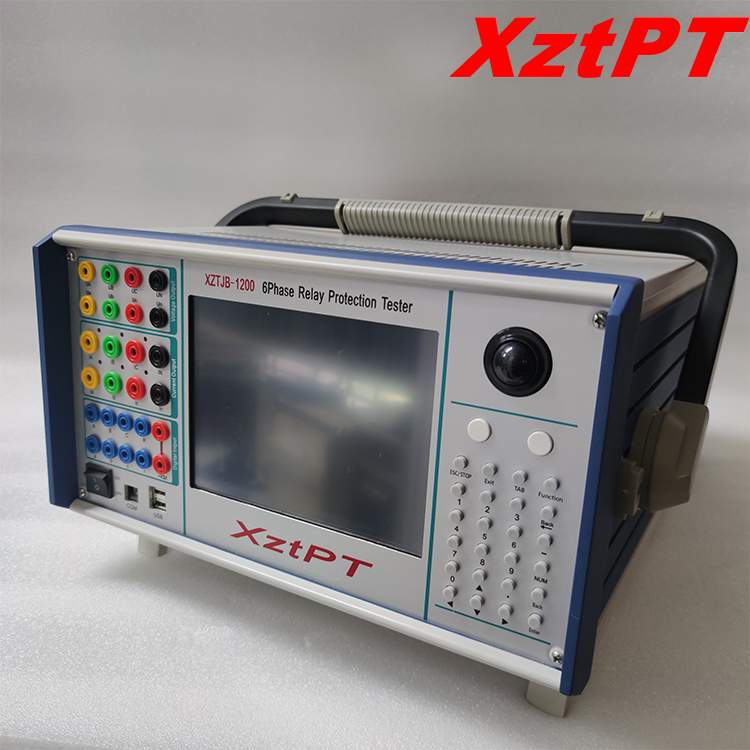English




1. Power and grounding problems
The power supply is unstable or excessive: Relay protection tester requires a stable AC power supply. If the power supply is unstable or exceeds the voltage range specified by the instrument, it may cause damage to the instrument.
Poor ground: The grounding terminal of the tester should be reliable to prevent static induction and electromagnetic interference. If the grounding is poor, it may affect the accuracy of the test result and even cause damage to the instrument.
2. Operation order and wiring error
Improper operation order: Testing failure in accordance with the prescribed operation sequence may cause the instrument damage or the test results are inaccurate.
Wiring error: When connecting the tester, if the wiring is incorrect or firm, it may cause short circuit, disconnection or testing inaccurate. For example, the external cross -current power supply is mistakenly introduced into the voltage and current output jack of the tester, which will damage the tester.
3. Test environment and security issues
The test environment is not appropriate: testing in an environment with high temperature, high humidity, dust or humidity, and risk factors may affect the accuracy of the test results, and even cause damage to the instrument.
Improper safety operation: Do not pay attention to operational safety during the test, such as incoming cables and unreasonable power, and operation, may cause damage to the electric shock accident or instrument.
4. Improper operation in the test process
Insufficient preheating or waiting time: After the test instrument is launched, it is reorganized without waiting or shutdown. It may affect the normal work of the instrument or cause damage.
Misprinting of analog output: Use the simulation output of the tester as a power supply, or to mistake the external current, voltage to the current of the tester, and the voltage port to damage the tester.
5. Improper data records and analysis
Undocued or analyzed test data: During the test process, the test data was not recorded or the data analysis was not performed, and the performance and reliability of the relay protection device could not be evaluated.
6. Insufficient maintenance and maintenance
Improper cleaning and maintenance: Do not regularly clean and maintain the tester, or use corrosive solvents and hard tools to clean the surface of the instrument, which may cause damage to the instrument.
Failure to calibrate on a regular basis: If the tester is not calibrated regularly, the accuracy of the test results decreases.
In summary, in order to avoid these common misunderstanding, when using the relay protection tester, the operating regulations should be strictly observed to ensure that the power supply is stable, the ground is good, the operation order is correct, the wiring environment is firm, the test environment is appropriate, the safe operation is proper, and regularly, and regularly Carry out data records and analysis, cleaning and calibration.
XZTJB-1200 6 Phase Protection Relay Tester, Relay Test Set
